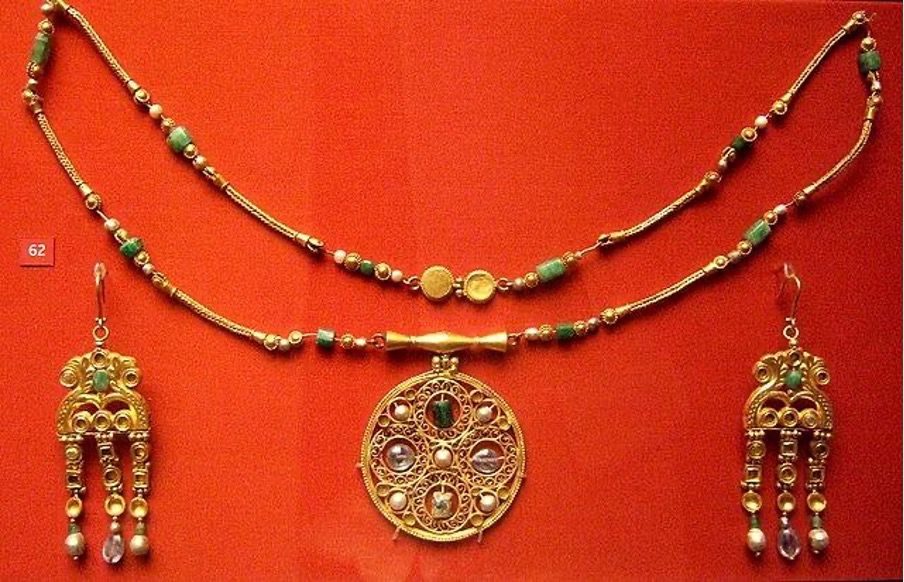
Jewellery has been around for thousands of years, and its history is full of fascinating stories. It's also a form of art passed down from generation to generation, with each new era adding its spin to make it even better.
“Ancient jewellery is usually made of gold and other valuable materials with intricate designs and patterns, often inspired by nature. That is why using this inspiration in modern jewellery design, which is being back in trend by millennials, would be a blast in the jewellery market,”
says expert business and finance strategist Lincoln Beck from BizHero.
So read on if you want to know more about how ancient design influences modern jewellery.
In the ancient world, there was a close connection between jewellery and religion. The Egyptians believed that jewellery had magical powers. In many cultures, They believed that wearing jewellery allowed you to absorb the virtues of an animal or plant associated with it.
These beliefs continue in
modern jewellery design today: many pieces have been inspired by animals, plants and other natural elements.
In the Middle Ages, they often used jewellery to tell the story of a person's life—their social status and origin. It also served as a way for people to display their wealth and show off to others.
Also, medieval jewellery often used symbols to convey meaning to the wearer and others. For example, a dove meant peace and purity, while an anchor symbolised hope.
In today’s time, every walkway is a runway. Some people want to at least gratify themselves by wearing luxurious and trendy jewellery with chosen designs that symbolise the wearers' principles and character.
Renaissance jewellery is a style that was popular in the 15th, 16th and 17th centuries. It's characterised by many gold and gemstones, which were rare during those times. Many pieces were made with enamel, pearl and metal.
Renaissance jewellery design influenced modern jewellery design. As both eras were known for their love of art, beauty, and decadence, it's easy to see the influence of the renaissance on modern jewellery's intricate design and shiny materials.
The 17th century was a time of significant change in the world, and it was also the time of the rise of Baroque design.
Baroque design is known for its curves and rounded forms, giving it a sense of elegance and gracefulness. This design is characterised by intricate ornate details, elaborate designs, and well-crafted shapes that remain to be adored by artists up to this day.
It was this era that influenced modern jewellery with swirling foliate decorations!
In the 18th century, jewellery was all about diamonds. Diamonds were so famous that they could be found in rings, pendants, earrings, and brooches—and they weren't just yellow stones either. They were pink, blue and even green!
The abundance of diamond studded jewellery from the 18th century is carried out today, where tons of elegant, luxurious pieces feature shiny diamonds. It’s also a timeless classic that makes it a fantastic investment for jewellery collectors and those who want to associate it with sentimental meanings.
Ancient jewellery designs have been around for thousands of years and continue to influence modern trends. It began as a simple way to mark territory and identity, but today jewellery is often worn as an expression of personal style.
Jewellery House Designs offers online jewellery design courses where you can learn how to create gorgeous jewellery by showcasing your personality!
Contact us today and develop your artistic skills through jewellery making.

